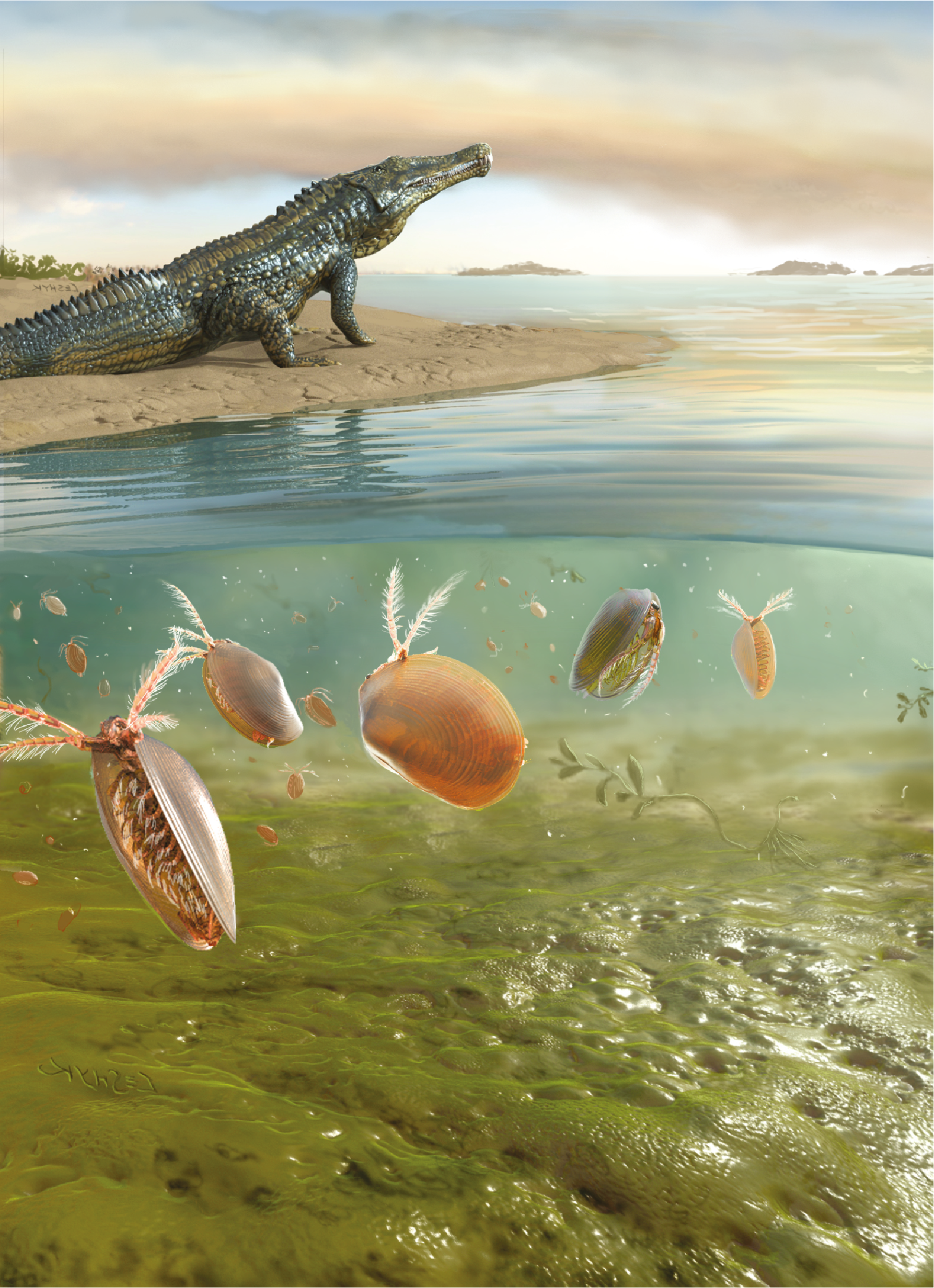Combining Art and Science
Maybe you’re like me? Constantly forming artistic ideas mentally that never come to fruition because of a complete lack of artistic talent. Well, one of the beauties of science is collaboration through formulating ideas and producing data. So why not the same for art? Below are collaborations with artists with differing styles that help showcase our scientific findings in a new and interesting light. Hopefully this helps bring a wider audience to Earth Science findings.
Watercolour soil erosion.
My wonderful and creative friend Lan Vu did these watercolour paintings based on our research findings of soil erosion, evidenced by polycyclic aromatic hydrocarbons, as a terrestrial extinction mechanism in the newly proposed end-Triassic extinction horizon in the SW UK.
Last dance of the Phytosaurs
This illustration, created by the wonderfully talented Adrian Mcghie, is based on findings from our 2022 Geology paper in which biomarker and fossil evidence supports that the combination of acidification and intensive photic zone euxinia (i.e., hydrogen sulfide poisoning) drove the marine expression of the end-Triassic mass extinction ~201 million years ago. It was during this time period that the phytosaurs became extinct, as playfully shown here. Additionally, we can see the Classopollis conifers in the background with an exaggerated Central Atlantic Magmatic Province that is the expected driving force of the end-Triassic mass extinction.
Adrian is a fantastic tattoo artist who has worked across Australia and Europe and whos work spans multiple artistic styles. You can check out his work here and you can view the paper (open access) here.
End-Triassic in the SW UK.
This representation of the life and environment during the time the “initial carbon isotope excursion” was deposited in the SW UK at the end-Triassic mass extinction was created by the master of conceptualizing and illustrating science, Victor Leshyk. Here was see desiccation cracks and the microbial mats that formed as evidenced by lithostratigraphy and biomarker evidence, respectively. Additionally, we see the volcanic vapors of the Central Atlantic Magmatic Province and other life that thrived during this time; freshwater liverworts, phytosaurs, and clam shrimp. Biomarker and isotopic data suggests that the formation of microbial mats during drastic environmental changes are responsible for the carbon isotopic excursion that is often thought to signal the extinction event and Central Atlantic Magmatic Province activity.
The official caption for this image is “Pea-sized clam shrimp swarm above a slimy bacterial mat beneath a vast shallow sheet of water covering Triassic landscapes with islands of highlands that will someday become southern England. Researchers probing the chemistry of this fossilized mat deciphered the environmental causes of the end-Triassic mass extinction 202 million years ago. They discovered that blasts of global warming and ocean acidification fueled by volcanic eruptions of unimaginable scale associated with the proto-opening of the Atlantic Ocean occurred a bit later than previously thought, a false clue to an earlier extinction having been the chemical traces of the microbial mat. In the background, a phytosaur (an extinct crocodile lookalike) surveys a horizon with rising sulfurous plumes from the distant fissure eruptions that ultimately led to the extinction of the phytosaurs and much of the rest of land and marine life.”
Victor’s illustrations span paleo reconstructions and descriptions of ecology, nature, anthropology, and genomics and can be seen across multiple journal and magazine covers including Nature and ScienceNews. You can check out Victor’s work here, and you can view the paper (open access) here.


